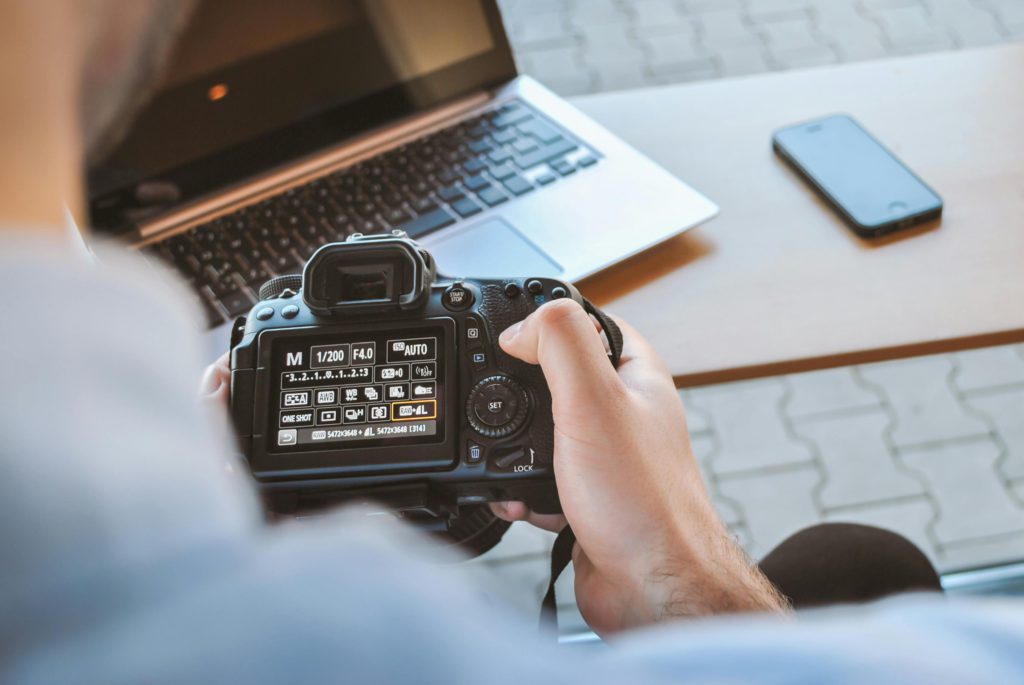Photographers and photo editors overlap so much, it can be hard to tell them apart. While someone may take on both roles, it’s not always the case.

In the realm of visual storytelling, the roles of a photographer and a photo editor are often intertwined yet distinctly different. While both are crucial components of the creative process, they each bring unique skills and responsibilities to the table. Let’s delve into the nuances of these two roles and explore why they are essential in their own right.
The photographer – capturing moments through the lens
At the heart of every captivating image is the photographer, the visionary behind the camera lens. Photographers are artists who possess a keen eye for composition, lighting, and storytelling. They conceptualise and execute photo shoots.
Whether it’s capturing portraits, landscapes, events, or commercial campaigns. A photographer’s role extends beyond merely clicking the shutter; it involves building rapport with subjects, directing poses, and translating emotions into visual narratives.
Skills and responsibilities of a photographer:
- Mastery of camera settings, including aperture, shutter speed, and ISO.
- Understanding of composition principles, such as rule of thirds and leading lines.
- Ability to work with natural and artificial lighting to achieve desired effects.
- Strong communication and interpersonal skills to connect with clients and subjects.
- Post-production editing to enhance images and maintain artistic integrity.
The photo editor – polishing and perfecting visual stories
While photographers capture moments in time, photo editors are the unsung heroes who breathe life into those images through post-production magic. Photo editors are skilled technicians who fine-tune and enhance photographs.
With the aim to achieve a desired aesthetic or convey a specific message. They meticulously adjust colours, contrast, and exposure, remove imperfections, and create visual consistency across a series of images. Photo editors possess a keen attention to detail.
Skills and responsibilities of a photo editor:
- Proficiency in photo editing software such as Adobe Photoshop, Lightroom, or Capture One.
- Understanding of colour theory and colour correction techniques.
- Ability to retouch and manipulate images while preserving realism.
- Strong organizational skills to manage large volumes of photographs efficiently.
- Collaborative mindset to work closely with photographers and other team members.
Bridging the gap – collaboration for creative excellence
While photographers and photo editors have distinct roles, collaboration between the two is essential for producing outstanding visual content. From pre-production planning to post-production refinement, photographers and photo editors work hand-in-hand to bring creative visions to life. Effective communication, mutual respect, and a shared commitment.
In conclusion, while a photographer and a photo editor may serve different functions within the creative process, they are united by a common goal: to craft compelling visual narratives that resonate with audiences.
Each role brings its own set of skills, expertise, and creative sensibilities to the table, contributing to the overall success of a project. By recognising and embracing the unique contributions of photographers and photo editors, we can elevate the art of visual storytelling.






